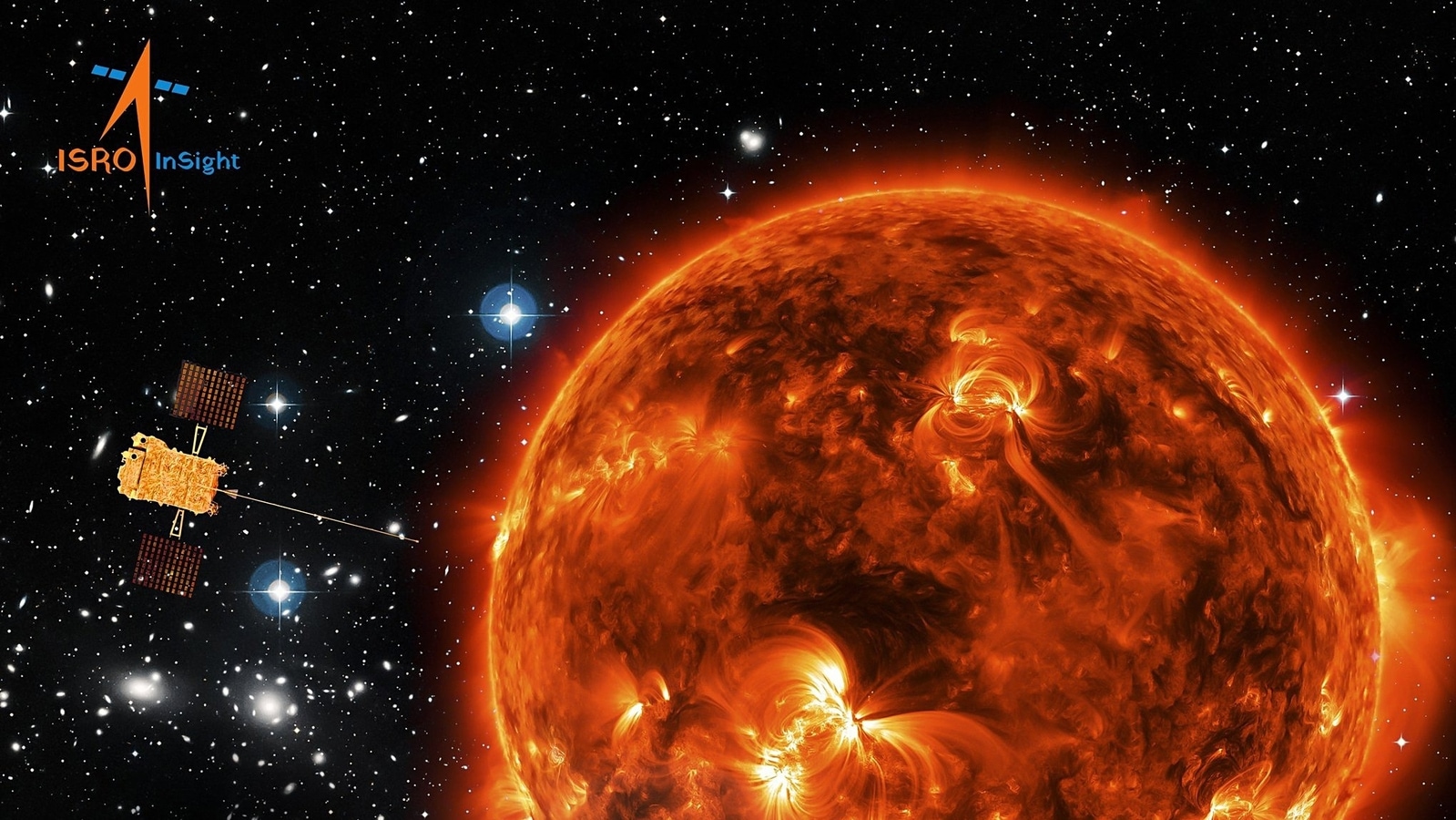The Aditya-L1 solar mission has made a significant contribution to space science by revealing data that may help protect Earth's infrastructure from solar storms. Launched earlier this year by the Indian Space Research Organization (ISRO), the spacecraft has already proven its worth by detecting the start of a coronal mass ejection (CME), a burst of charged particles from the Sun. This achievement could lead to more reliable early warnings for solar storms, which are known to disrupt power grids, satellites, and communication systems.
Aditya-L1, named after the Sun god in Hindu mythology, is now part of a select group of solar missions operated by space agencies such as NASA and the European Space Agency (ESA). Positioned beyond Earth's atmosphere, the spacecraft provides an uninterrupted view of the Sun, allowing for continuous monitoring without interference from eclipses or other Earth-based obstacles.
Also read: 10 most powerful CEOs from India leading Google, Microsoft, Adobe and more
CMEs and their impact on Earth's systems
A CME is a massive explosion that can release up to a trillion kilograms of matter, traveling at speeds of up to 3,000 km per second. These eruptions can cover the 150-million-kilometre distance from the Sun to Earth in just 15 hours. Depending on its path, a CME can disrupt Earth's magnetic field and cause widespread issues for technology on the ground. Aditya-L1's ability to detect CMEs with accuracy during a recent event demonstrates its potential in tracking these solar phenomena.
Also read: Mahindra BE 6e has more RAM than iPhone 16 Pro, Pixel 9 Pro and even MacBook Pro M4 – Here's why
The Velc instrument's role
A key factor behind this success is the Velc instrument, a coronagraph designed to simulate a solar eclipse. While ground-based observations often miss subtle details, Velc blocks out the Sun's brightest layer to reveal the faint but important outer corona. This allows Aditya-L1 to monitor the Sun's activity continuously and detect CMEs as they form. The instrument's ability to provide a clear and uninterrupted view of the solar corona ensures that no CME goes unnoticed, offering valuable time for Earth's infrastructure to prepare for any potential disruptions.


